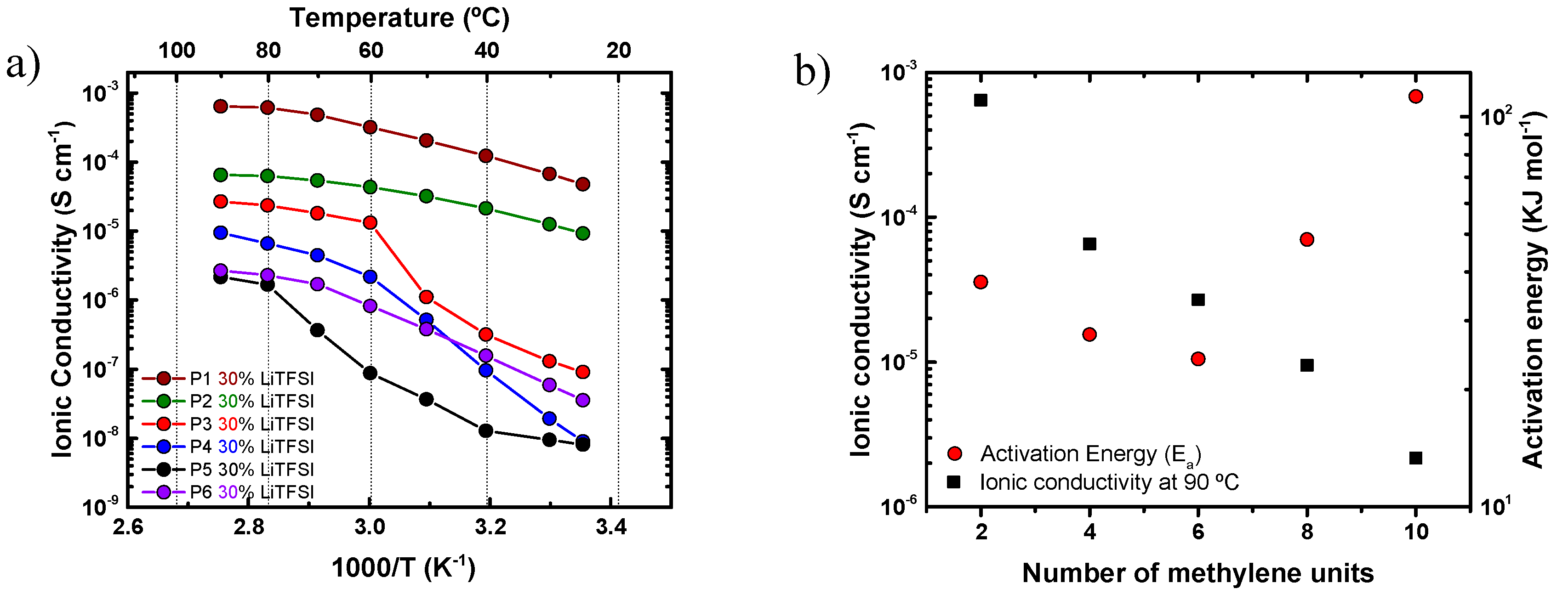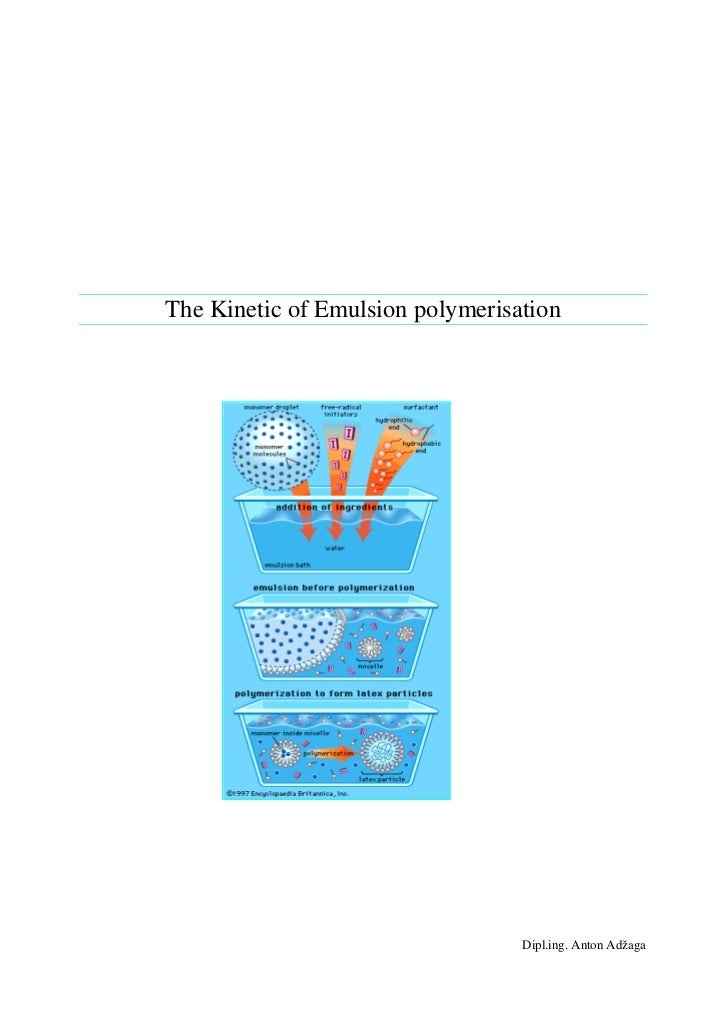

Hirao A, Watanabe T, Ishizu K, Ree M, Jin S, Kyeong S J, Deffieux A, Schappacher M, Carlotti S. Hu Z Q, Shen X R, Qiu H Y, Lai G Q, Wu J R, Li W Q. Xia J H, Johnson T, Gaynor S G, Matyjaszewski K, DeSimone J M. The comprehensive and straightforward coverage will also ensure it is an important resource for advanced courses in emulsion polymerisation.Living/controlled radical polymerization (L/CRP) and soap-free emulsion polymerization have attracted much interest in recent years due to their great significance both in academics and in industry.Polymers with topological architectures and controlled molecular weight as well as controlled molecular weight distribution can be prepared by L/CRP method.As an environmentally friendly polymerization approach,soap-free emulsion polymerization can overcome the drawbacks of conventional small molecular surfactants that have negative effects on the properties of polymer products.Soap-free living radical emulsion polymerization combines the advantages of both L/CRP and soap-free emulsion polymerization.The soap-free living radical emulsion polymerization can be usually implemented via two methods.The first one is that a water soluble or amphiphilic polymer with an initiating group is synthesized firstly by living radical polymerization,then the polymer is dissolved or dispersed in water,followed by emulsion polymerization of a hydrophobic monomer to form an amphiphilic polymer product.Thus,the amphiphilic polymer product can solely stabilize the latex as a macro-emulsifier without adding any other small emulsifiers.This is the major approach used in literature.The second is to utilize directly a surface-active small molecular initiator in a soap-free emulsion polymerization of a hydrophobic monomer,and a macro-emulsifier as the final polymer product can be formed after polymerization.The paper has summarized recent progress of soap-free living radical emulsion polymerization,mainly including atom transfer radical polymerization (ATRP) and radical addition-fragmentation chain transfer polymerization (RAFT) soap-free emulsion polymerizations.However,there are still some problems in soap-free living radical emulsion polymerization such as complex reaction systems,unknown reaction process or phenomena,and loss of latex stability under harsh conditions. Written for research chemists, technologists and engineers in the polymer, fine and specialty chemicals industries, and in university or government laboratories, this book will be particularly valuable to those early on in their careers. By carefully explaining the principles of the reaction, based on well-designed experimental investigation, "Chemistry and Technology of Emulsion Polymerisation" provides a practical and intuitive explanation of emulsion polymerisation.In the development of industrial processes, coupling that understanding with everyday practice can be a further difficult step, so the book emphasises a clear, comprehensive and straightforward discussion to illustrate how the principles relate to practical application. Successful industrial application relies on understanding and controlling those properties. Emulsion polymerisation is a complex process, governed by the interplay of both chemical and physical properties including polymerisation kinetics and dispersion stability.

In addition, when combined with novel polymerisation mechanisms the process can give rise to a range of polymer products with particularly useful properties.

The drive to develop environmentally benign production methods for polymers has resulted in widespread development and implementation of the emulsion polymerisation technique.

Emulsion polymerisation produces high value polymers in a low cost, environmentally friendly process.


 0 kommentar(er)
0 kommentar(er)
